Global Market Size, Forecast, and Trend Highlights Over 2025-2037
Ferroelectric Materials Market size was USD 3.64 billion in 2024 and is estimated to reach USD 11.03 billion by the end of 2037, expanding at a CAGR of 8.9% during the forecast period, i.e., 2025-2037. In 2025, the industry size of ferroelectric materials is assessed at USD 3.96 billion.
The global ferroelectric materials market is anticipated to grow substantially due to its increasing application in various industries, including automotive, manufacturing, and smart devices. One of the most popular uses of ferroelectric materials for electric applications is in smart devices. The market for ferroelectricity materials has grown as a result of continuous technological advancements in smart electronics and rising demand for these devices in both the home and business sectors. In the pharmaceutical industry, piezoelectric sensors are employed in ultrasonic processes and imaging.
One of the most well-liked applications of piezoelectric technology is structural health monitoring. The aviation industry routinely evaluates structural health monitoring to improve the safety and reliability of aircraft designs while lowering operating expenses. An aircraft structure's sensor networks provide vital information on the structure's condition, level of damage, and provisioning environment. Since piezoelectric materials can be used as either actuators or sensors due to their piezoelectric action, and vice versa, they are frequently used in the various types of transducers used for structural health monitoring.
In January 2025, in a new study published in Nature, researchers at the Indian Institute of Science (IISc) and collaborators demonstrated that the efficacy of a commonly used piezoelectric ceramic material can be dramatically increased simply by reducing its thickness and preventing atomic defects that form during manufacturing. In December 2024, Niterra Co., Ltd., Japan's leading maker of spark plugs and sensors with an evolving portfolio focused on ceramics, demonstrated the Aerial Sense Device utilizing lead-free piezoelectric technology. The firm created ceramics for the Future Society Showcase project, Future City, at EXPO 2025 in Osaka, Kansai, Japan.

Ferroelectric Materials Sector: Growth Drivers and Challenges
Growth Drivers
- Growing advancements in 2D ferroelectric material: The future of nanoelectronics depends heavily on the new class of high-dimensional materials due to the growing improvement in 2D ferroelectric materials. Van der Waals ferroelectrics present enormous potential for nanotechnologies in the future, according to the topic of application and new technologies. The VDW ferroelectric materials market's technological advancements are expanding rapidly. the multiferroicity and multiple order development functionality. Due to their exceptional optical, electrical, thermal, mechanical, and ferroelectric qualities—which are absent from most materials—2D materials have surfaced in recent years as potential answers to the problem.
Specifically, 2D ferroelectric materials with stable polarization and clean surfaces show promise for use in electrical devices. Ferroelectric device manufacture is anticipated to take two dimensions, and significant laboratory-level accomplishments have been made. When the thickness is decreased to the atomic scale as a result of surface reconstruction and dangling bonds, intrinsic problems including depolarization and structural instabilities still cause delays in practical applications.
- Increasing demand for advanced memory technologies: Ferroelectric materials are used to develop next-generation memory solutions, such as ferroelectric random-access memory (FeRAM), which offers faster write speeds, lower power consumption, and higher storage density compared to traditional memory technologies. The growing adoption of artificial intelligence, the Internet of Things (IoT), and 5G technologies is driving the need for advanced memory solutions, and ferroelectric materials solutions, and ferroelectric materials are poised to play a critical role in meeting this demand. As a result, leading semiconductor companies are investing heavily in the development of ferroelectric material-based memory technologies, driving market growth. Also, growing semiconductor sales globally are driving the ferroelectric materials market growth.
The Semiconductor Industry Association (SIA) announced that global sales of semiconductors reached USD 627.6 billion in 2024, up 19.1% from USD 526.8 billion in 2023. Furthermore, the USD 170.9 billion in sales for the fourth quarter of 2024 was a 17.1% increase over the fourth quarter of 2023 and a 3.0% increase over the third quarter of 2024.
Challenges
- High cost of materials: The high cost of ferroelectric materials' raw materials and production procedures is one major barrier. Ferroelectric materials may not be widely used in some applications because of the high production costs caused by the intricate manufacturing procedures and the requirement for high-purity components.
- Stringent laws and availability of alternatives: Traditional ferroelectric materials that contain lead, such as PZT, are facing difficulties due to strict environmental restrictions and the increasing demand for eco-friendly and lead-free materials. The search for new materials is being fueled by the desire for ecologically acceptable and sustainable substitutes, which could have an effect on ferroelectric materials market dynamics.
Ferroelectric Materials Market: Key Insights
| Report Attribute | Details |
|---|---|
|
Base Year |
2024 |
|
Forecast Year |
2025-2037 |
|
CAGR |
8.9% |
|
Base Year Market Size (2024) |
USD 3.64 billion |
|
Forecast Year Market Size (2037) |
USD 11.03 billion |
|
Regional Scope |
|
Ferroelectric Materials Segmentation
Type (Barium Titanate, Lead Titanate, Others)
The barium titanate segment is projected to gain a significant ferroelectric materials market share by 2037. Barium titanate is recognized commercially as both a ferroelectric and piezoelectric material, primarily utilized within the electronics industry. In the realm of ferroelectric materials, it is commonly employed in the manufacture of multilayer dielectric ceramic capacitors. The conductivity of barium titanate ceramic is often enhanced through reduction processes in specific environments, leading to a lasting increase in its conductive properties. A significant driver of the ferroelectric materials market is the escalating demand for electric vehicles, particularly in response to government initiatives aimed at addressing global warming issues linked to the extensive use of gasoline and diesel vehicles. Consequently, both the demand for electric vehicles and the utilization of barium titanate are experiencing notable growth.
Application (Ceramic Capacitor, PTC Thermistor, Others)
By the end of 2037, ceramic capacitor segment is projected to hold over 60.2% ferroelectric materials market share. Granules of ferroelectric materials make up a ceramic capacitor. The multilayer ceramic capacitor is the most common industrial use for ferroelectric material. Demand is expanding in a variety of industries, including automotive, consumer products, energy, electricity, and telecommunications. As demand for automobiles and living standards rise, so does the ferroelectric materials market.
Our in-depth analysis of the global market includes the following segments:
|
Type |
|
|
Price Point |
|
|
Application |
|

Vishnu Nair
Head - Global Business DevelopmentCustomize this report to your requirements — connect with our consultant for personalized insights and options.
Ferroelectric Materials Industry - Regional Synopsis
North American Market Statistics
North America ferroelectric materials market is projected to capture revenue share of around 37.5% by the end of 2037.Throughout the forecast period, the region that dominates the market is experiencing a steady increase in technical invention. The demand for ferroelectric materials is expected to rise due to growing infrastructure and numerous industries, including consumer products, building and materials, pharmaceuticals, automotive, and construction. The growth of the ferroelectric materials market in the U.S. is expected to be influenced by the growing demand for electric vehicles in this region.
The market is expanding in the U.S. due to rising investments in advanced electronics, defense, and renewable energy sectors. The government’s push for technological leadership, especially in areas including 5G infrastructure, electric vehicles, and quantum computing, is driving research and development in ferroelectric applications. For instance, the National Strategy to Secure 5G, which builds on the National Cyber Strategy and describes how the Nation will protect 5G infrastructure both at home and abroad, was created by the White House in March 2020. The corresponding Implementation Plan was published in January 2021. The U.S. is set up to continue developing, deploying, and managing secure and dependable 5G due to the National Strategy to Secure 5G and Implementation Plan.
Furthermore, in Canada, these materials are crucial for advanced applications such as non-violence memory, sensors, capacitors, and piezoelectric devices, driven by technological advancements and the increasing adoption of smart devices. Additionally, Canada’s push towards sustainable energy solutions has fueled interest in ferroelectric materials for energy storage and conversion applications. The International Energy Agency (IEA) revealed that Canada has committed to achieving net zero emissions by 2050 and reducing greenhouse gas emissions by 40–45% from 2005 levels by 2030, among other local and international climate change obligations. Therefore, these commitments are driving the market in the nation.
APAC Market Analysis
Asia Pacific ferroelectric materials market is expected to grow at a significant rate during the projected period. The market's demand will improve as development and living standards rise. Additionally, government support for smart infrastructure projects and the growing adoption of 5G technology are fueling innovation and production. The region’s robust semiconductor manufacturing ecosystem and expanding research into next-gen technologies further accelerate ferroelectric materials market growth.
Furthermore, in China, ferroelectric materials are crucial in the production of capacitors, sensors, memory devices, and other electronic components, aligning with China’s push for technological self-sufficiency and innovation. Government initiatives supporting semiconductor development and increased investment in research and manufacturing infrastructure further drive ferroelectric materials market expansion. The UC Institute on Global Conflict and Cooperation reported in May 2024 that China now produces about 25% of the world's 300mm chip capacity, up from 12% in 2014. The remaining output is being shifted from primarily international to domestic chipmaking companies. Additionally, the growing adoption of renewable energy systems and smart devices amplifies the need for energy storage and high-performance electronic components, where ferroelectric materials play a key role.
In India, the rise in smartphone usage, adoption of 5G technology, and expansion of the semiconductor industry are driving the need for advanced components such as capacitors, sensors, and memory devices, where ferroelectric materials play a crucial role. Government initiatives promoting local manufacturing under the Make in India program and investments in research and development are further accelerating growth. Additionally, the push for electric vehicles and advancements in energy storage systems are driving the ferroelectric materials market growth.

Companies Dominating the Ferroelectric Materials Landscape
- Shanghai Dian Yang Industry Co., Ltd.
- Company Overview
- Business Strategy
- Key Product Offerings
- Financial Performance
- Key Performance Indicators
- Risk Analysis
- Recent Development
- Regional Presence
- SWOT Analysis
- Ferro Corporation
- PI Ceramic GmbH
- The CeramTec Group
- Vishay Intertechnology, Inc.
- Morgan Advanced Materials plc
- KCF Technologies
- ACP International, Ltd.
- Noliac A/S
- Piezo Kinetics Inc.
The ferroelectric materials market is characterized by intense competition, with numerous companies striving to attain a competitive advantage through strategic expansion, alliances, and innovation. A variety of established organizations, both domestically and internationally, actively participate in this industry, contributing to the advancement and development of ferroelectric materials. The rivalry is further exacerbated by the continuous evolution of technology, the increasing demand for high-performance materials, and the necessity for environmentally friendly and sustainable alternatives. To address the evolving needs of diverse end-user sectors, companies are focusing on research and development initiatives aimed at discovering novel ferroelectric materials and enhancing their properties.
Recent Developments
- In March 2024, KCF Technologies, a market leader in machine health solutions, introduced Piezo Sensing, the latest addition to its SMARTsensing hardware product line. This innovative service transforms machine health monitoring by delivering unparalleled precision and dependability across a wide range of industrial applications.
- In March 2023, Rice University scientist Boris Yakobson and his team discovered that ferroelectric 2D materials can operate as a nanoscale switch and motor. They stated that 2D material is exceedingly thin and flexible, whereas single-layer ferroelectric material has an expected active bending behavior.
- Report ID: 7410
- Published Date: Mar 27, 2025
- Report Format: PDF, PPT
- Explore a preview of key market trends and insights
- Review sample data tables and segment breakdowns
- Experience the quality of our visual data representations
- Evaluate our report structure and research methodology
- Get a glimpse of competitive landscape analysis
- Understand how regional forecasts are presented
- Assess the depth of company profiling and benchmarking
- Preview how actionable insights can support your strategy
Explore real data and analysis
Frequently Asked Questions (FAQ)
Ferroelectric Materials Market Report Scope
FREE Sample Copy includes market overview, growth trends, statistical charts & tables, forecast estimates, and much more.
Connect with our Expert
See how top U.S. companies are managing market uncertainty — get your free sample with trends, challenges, macroeconomic factors, charts, forecasts, and more.



 Afghanistan (+93)
Afghanistan (+93)
 Åland Islands (+358)
Åland Islands (+358)
 Albania (+355)
Albania (+355)
 Algeria (+213)
Algeria (+213)
 American Samoa (+1684)
American Samoa (+1684)
 Andorra (+376)
Andorra (+376)
 Angola (+244)
Angola (+244)
 Anguilla (+1264)
Anguilla (+1264)
 Antarctica (+672)
Antarctica (+672)
 Antigua and Barbuda (+1268)
Antigua and Barbuda (+1268)
 Argentina (+54)
Argentina (+54)
 Armenia (+374)
Armenia (+374)
 Aruba (+297)
Aruba (+297)
 Australia (+61)
Australia (+61)
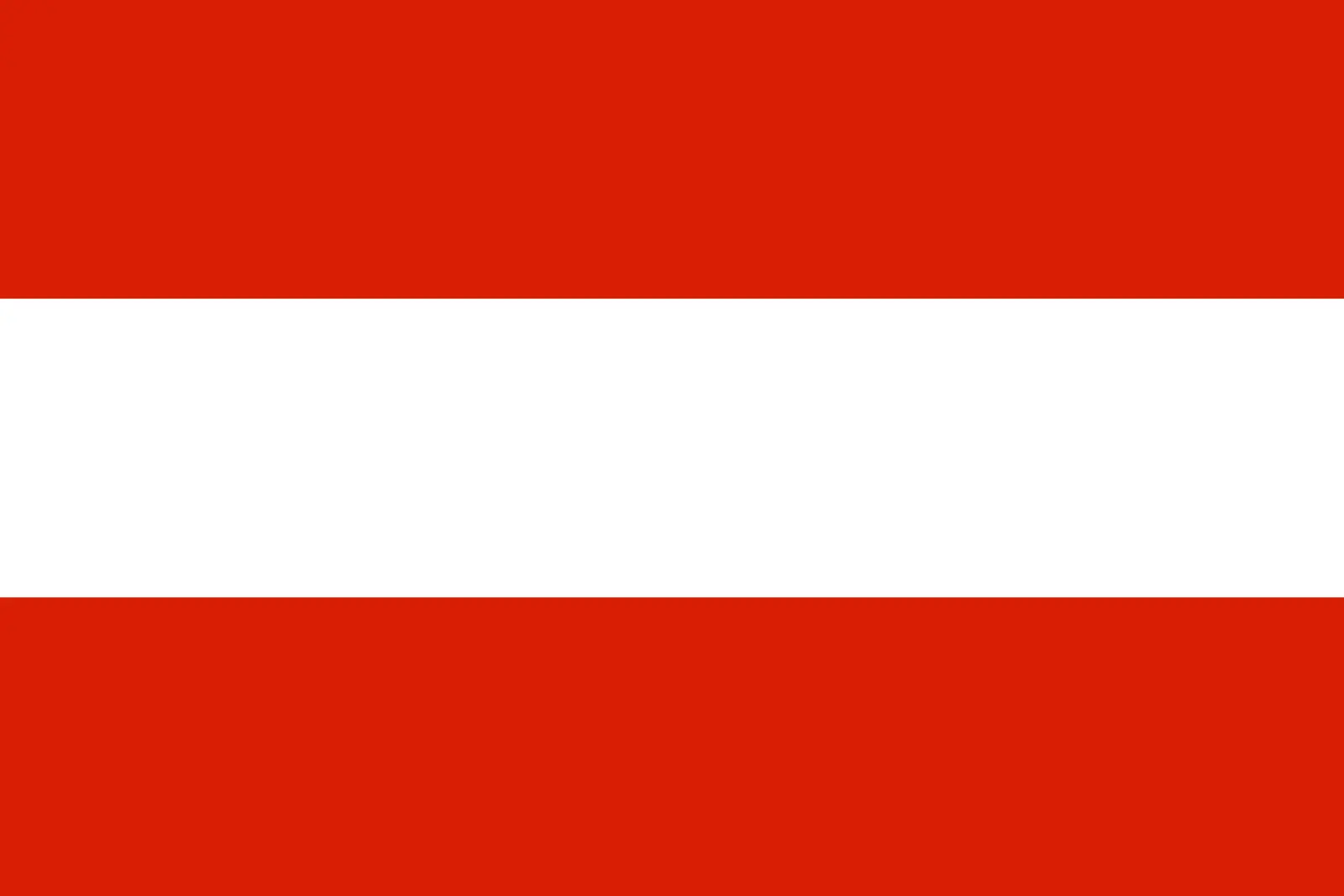 Austria (+43)
Austria (+43)
 Azerbaijan (+994)
Azerbaijan (+994)
 Bahamas (+1242)
Bahamas (+1242)
 Bahrain (+973)
Bahrain (+973)
 Bangladesh (+880)
Bangladesh (+880)
 Barbados (+1246)
Barbados (+1246)
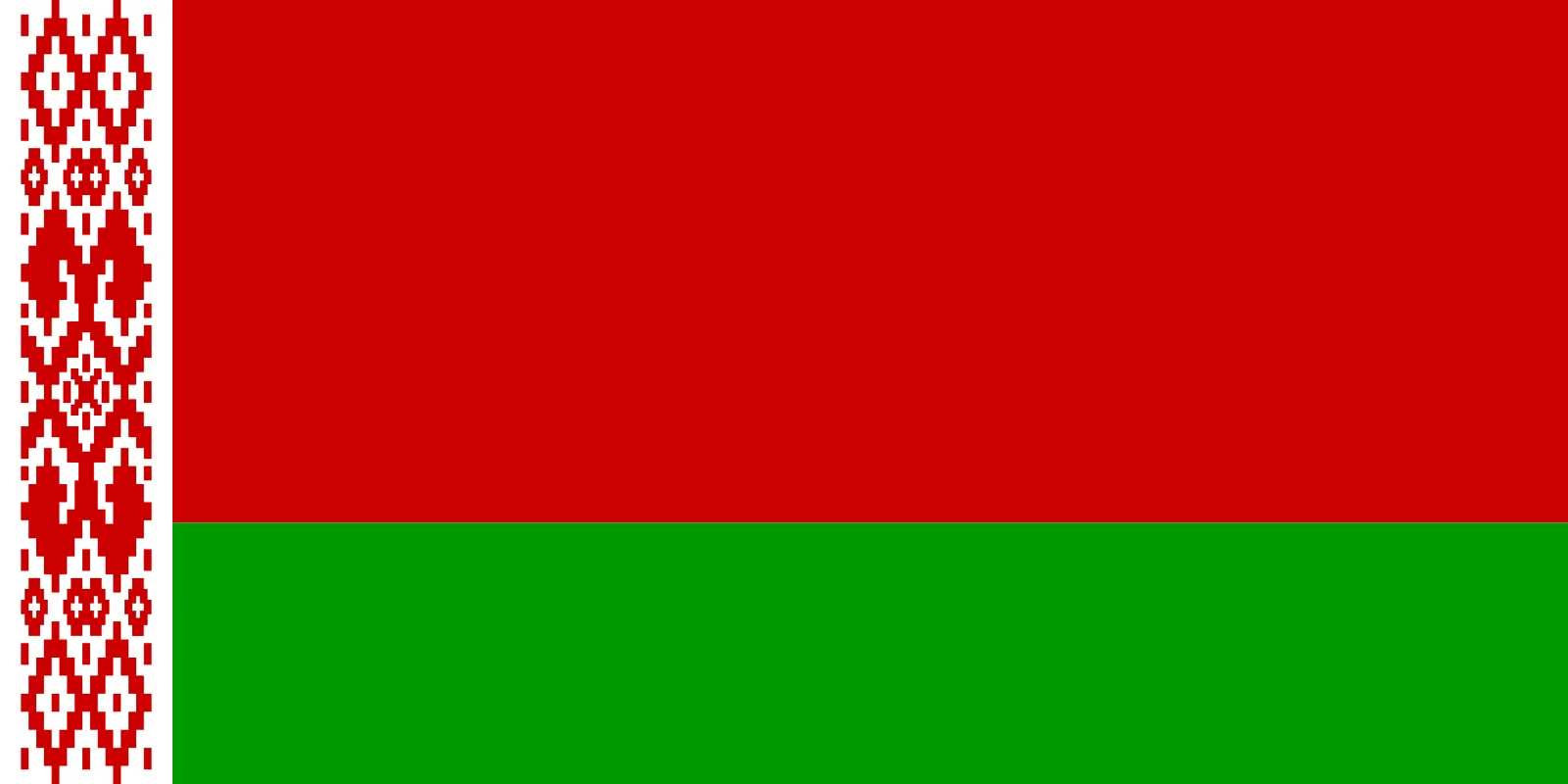 Belarus (+375)
Belarus (+375)
 Belgium (+32)
Belgium (+32)
 Belize (+501)
Belize (+501)
 Benin (+229)
Benin (+229)
 Bermuda (+1441)
Bermuda (+1441)
 Bhutan (+975)
Bhutan (+975)
 Bolivia (+591)
Bolivia (+591)
 Bosnia and Herzegovina (+387)
Bosnia and Herzegovina (+387)
 Botswana (+267)
Botswana (+267)
 Bouvet Island (+)
Bouvet Island (+)
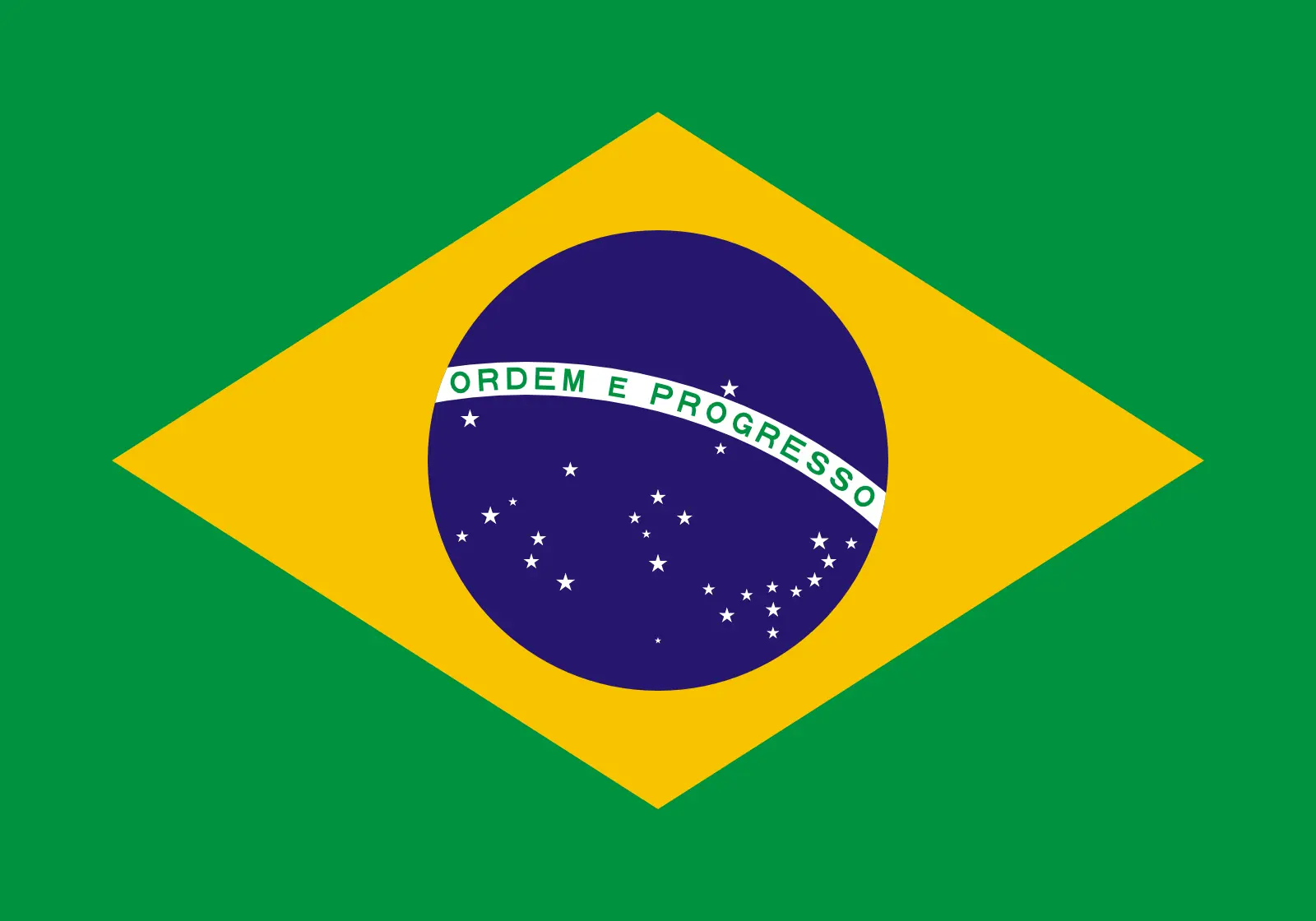 Brazil (+55)
Brazil (+55)
 British Indian Ocean Territory (+246)
British Indian Ocean Territory (+246)
 British Virgin Islands (+1284)
British Virgin Islands (+1284)
 Brunei (+673)
Brunei (+673)
 Bulgaria (+359)
Bulgaria (+359)
 Burkina Faso (+226)
Burkina Faso (+226)
 Burundi (+257)
Burundi (+257)
 Cambodia (+855)
Cambodia (+855)
 Cameroon (+237)
Cameroon (+237)
 Canada (+1)
Canada (+1)
 Cape Verde (+238)
Cape Verde (+238)
 Cayman Islands (+1345)
Cayman Islands (+1345)
 Central African Republic (+236)
Central African Republic (+236)
 Chad (+235)
Chad (+235)
 Chile (+56)
Chile (+56)
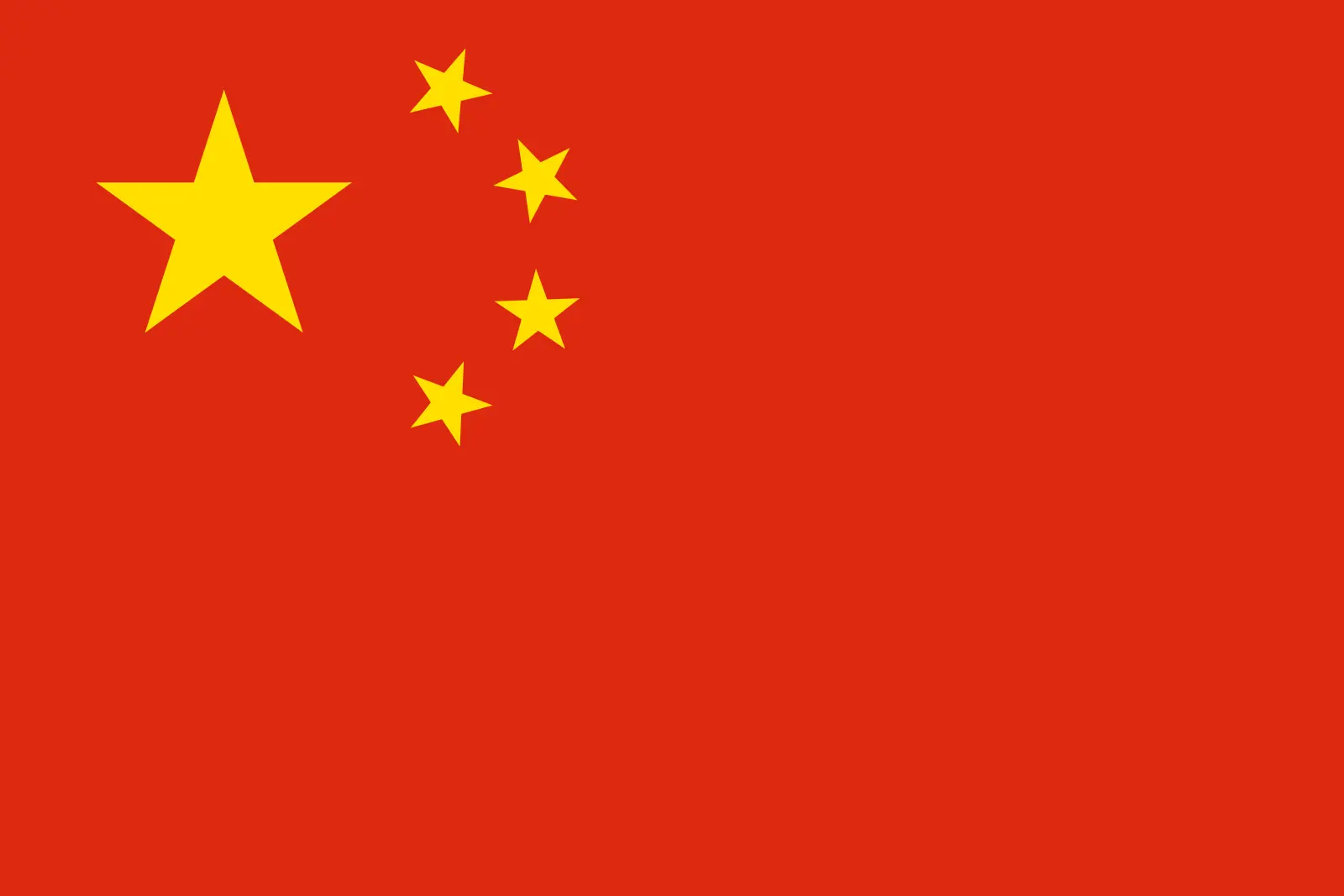 China (+86)
China (+86)
 Christmas Island (+61)
Christmas Island (+61)
 Cocos (Keeling) Islands (+61)
Cocos (Keeling) Islands (+61)
 Colombia (+57)
Colombia (+57)
 Comoros (+269)
Comoros (+269)
 Cook Islands (+682)
Cook Islands (+682)
 Costa Rica (+506)
Costa Rica (+506)
 Croatia (+385)
Croatia (+385)
 Cuba (+53)
Cuba (+53)
 Curaçao (+599)
Curaçao (+599)
 Cyprus (+357)
Cyprus (+357)
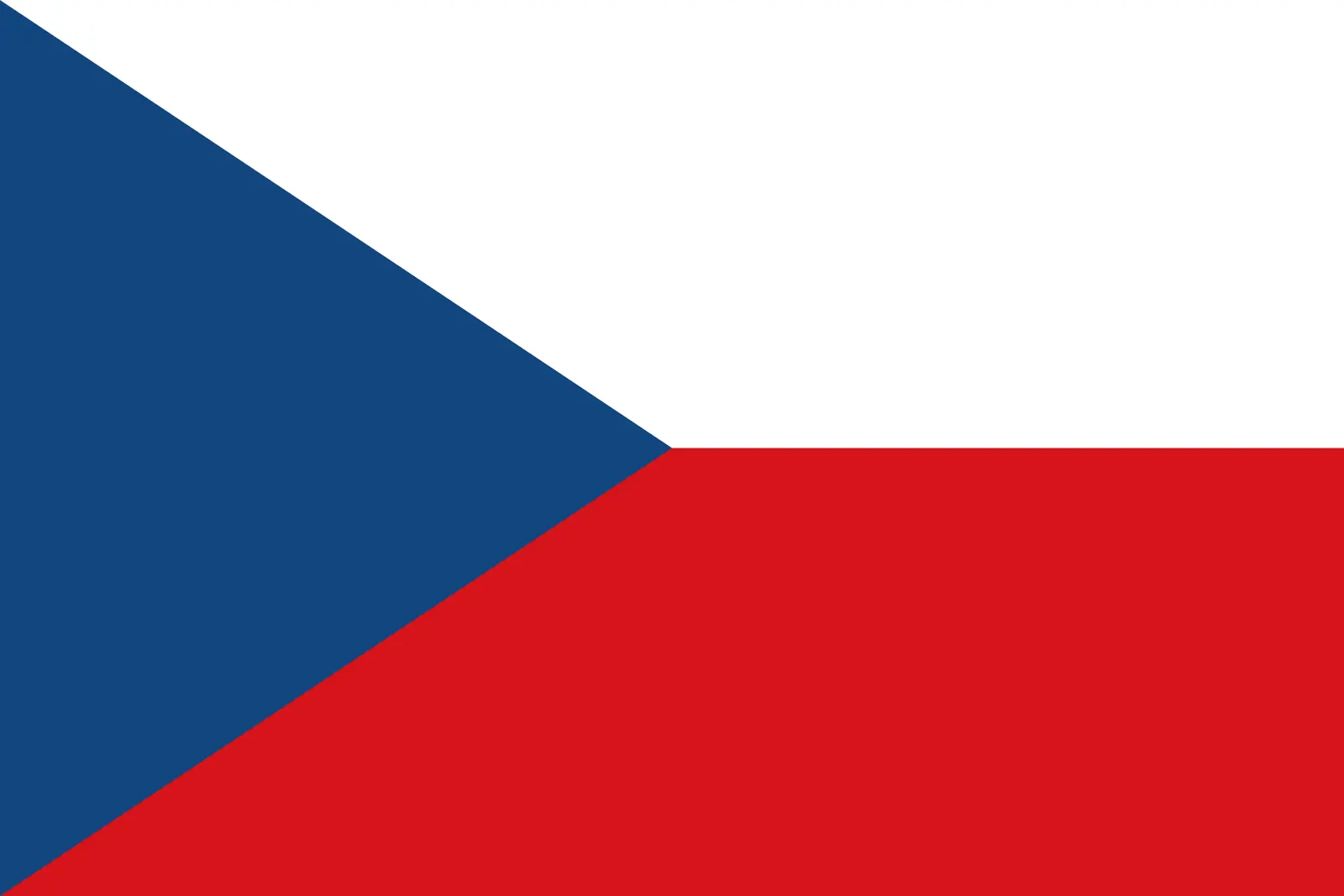 Czechia (+420)
Czechia (+420)
 Democratic Republic of the Congo (+243)
Democratic Republic of the Congo (+243)
 Denmark (+45)
Denmark (+45)
 Djibouti (+253)
Djibouti (+253)
 Dominica (+1767)
Dominica (+1767)
 Dominican Republic (+1809)
Dominican Republic (+1809)
 Timor-Leste (+670)
Timor-Leste (+670)
 Ecuador (+593)
Ecuador (+593)
 Egypt (+20)
Egypt (+20)
 El Salvador (+503)
El Salvador (+503)
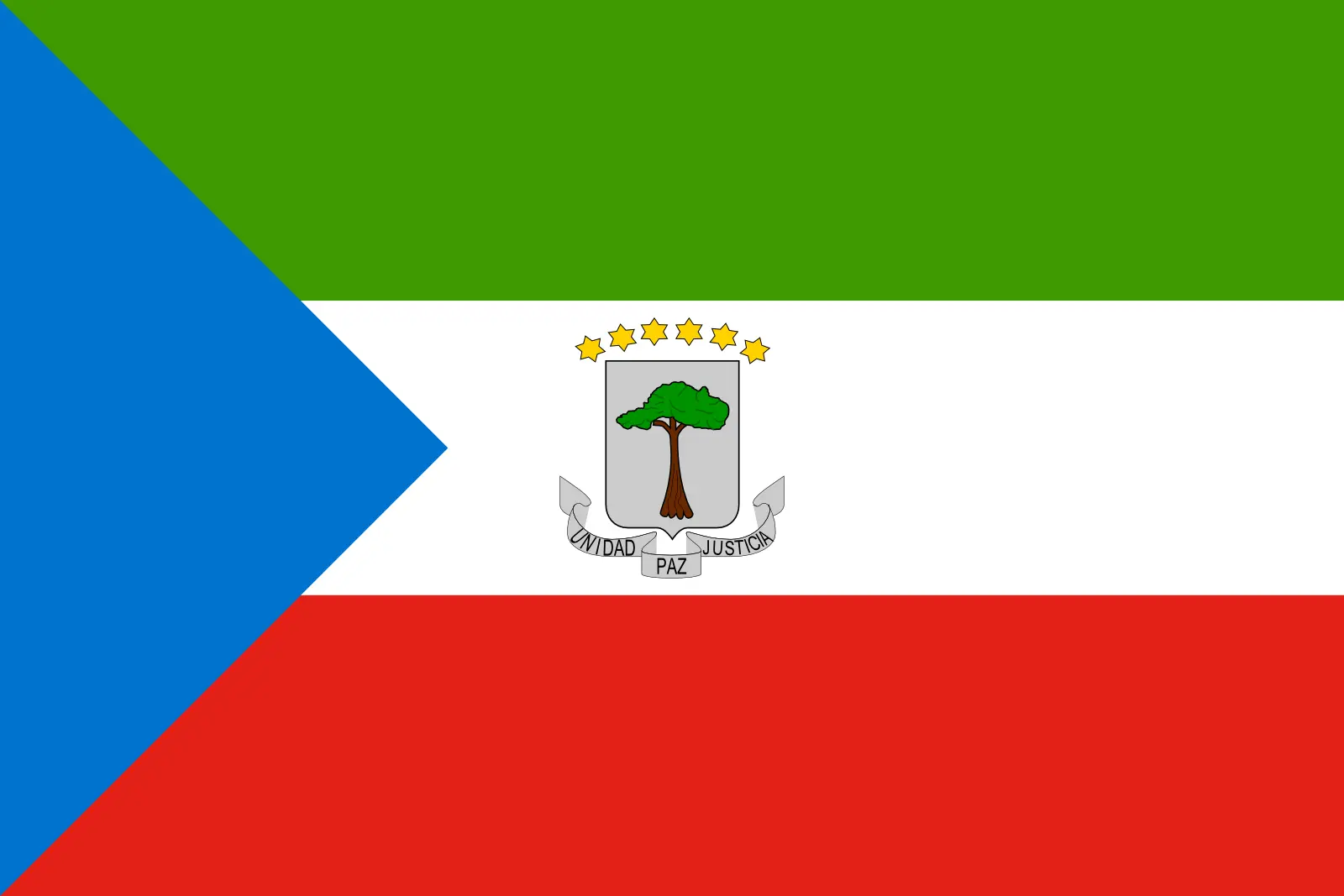 Equatorial Guinea (+240)
Equatorial Guinea (+240)
 Eritrea (+291)
Eritrea (+291)
 Estonia (+372)
Estonia (+372)
 Ethiopia (+251)
Ethiopia (+251)
 Falkland Islands (+500)
Falkland Islands (+500)
 Faroe Islands (+298)
Faroe Islands (+298)
 Fiji (+679)
Fiji (+679)
 Finland (+358)
Finland (+358)
 France (+33)
France (+33)
 Gabon (+241)
Gabon (+241)
 Gambia (+220)
Gambia (+220)
 Georgia (+995)
Georgia (+995)
 Germany (+49)
Germany (+49)
 Ghana (+233)
Ghana (+233)
 Gibraltar (+350)
Gibraltar (+350)
 Greece (+30)
Greece (+30)
 Greenland (+299)
Greenland (+299)
 Grenada (+1473)
Grenada (+1473)
 Guadeloupe (+590)
Guadeloupe (+590)
 Guam (+1671)
Guam (+1671)
 Guatemala (+502)
Guatemala (+502)
 Guinea (+224)
Guinea (+224)
 Guinea-Bissau (+245)
Guinea-Bissau (+245)
 Guyana (+592)
Guyana (+592)
 Haiti (+509)
Haiti (+509)
 Honduras (+504)
Honduras (+504)
 Hong Kong (+852)
Hong Kong (+852)
 Hungary (+36)
Hungary (+36)
 Iceland (+354)
Iceland (+354)
 India (+91)
India (+91)
 Indonesia (+62)
Indonesia (+62)
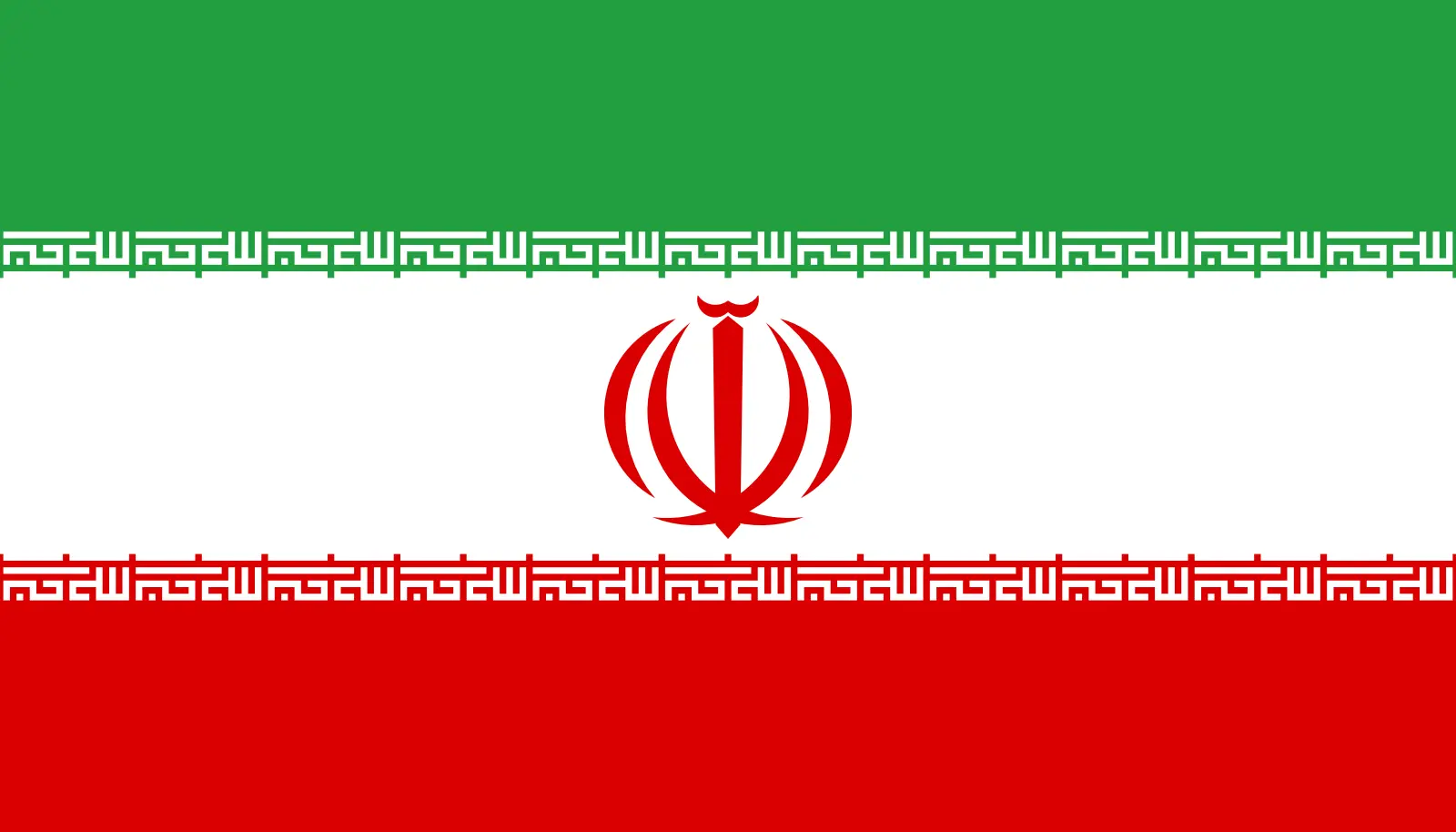 Iran (+98)
Iran (+98)
 Iraq (+964)
Iraq (+964)
 Ireland (+353)
Ireland (+353)
 Isle of Man (+44)
Isle of Man (+44)
 Israel (+972)
Israel (+972)
 Italy (+39)
Italy (+39)
 Jamaica (+1876)
Jamaica (+1876)
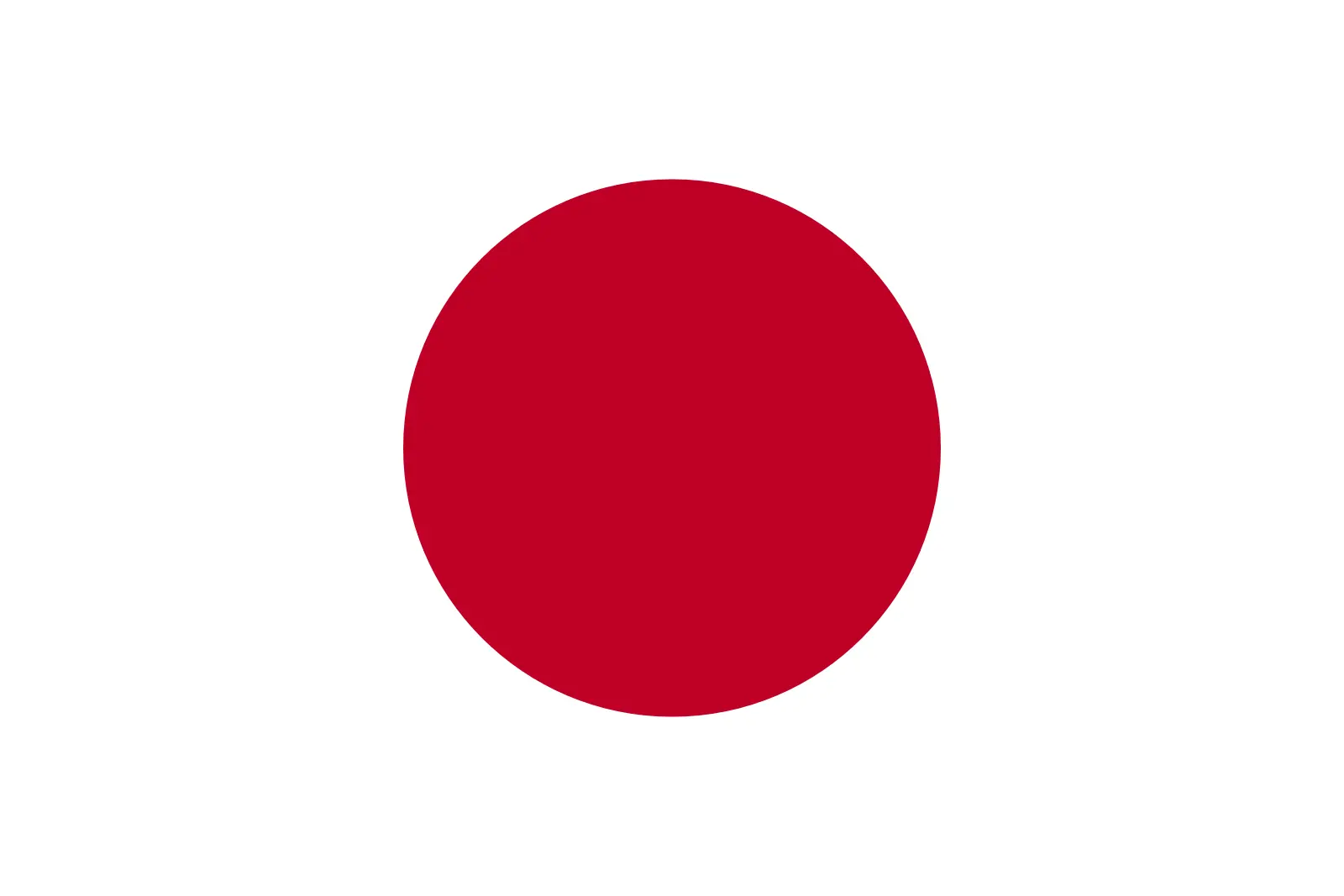 Japan (+81)
Japan (+81)
 Jersey (+44)
Jersey (+44)
 Jordan (+962)
Jordan (+962)
 Kazakhstan (+7)
Kazakhstan (+7)
 Kenya (+254)
Kenya (+254)
 Kiribati (+686)
Kiribati (+686)
 Kuwait (+965)
Kuwait (+965)
 Kyrgyzstan (+996)
Kyrgyzstan (+996)
 Laos (+856)
Laos (+856)
 Latvia (+371)
Latvia (+371)
 Lebanon (+961)
Lebanon (+961)
 Lesotho (+266)
Lesotho (+266)
 Liberia (+231)
Liberia (+231)
 Libya (+218)
Libya (+218)
 Liechtenstein (+423)
Liechtenstein (+423)
 Lithuania (+370)
Lithuania (+370)
 Luxembourg (+352)
Luxembourg (+352)
 Macao (+853)
Macao (+853)
 Madagascar (+261)
Madagascar (+261)
 Malawi (+265)
Malawi (+265)
 Malaysia (+60)
Malaysia (+60)
 Maldives (+960)
Maldives (+960)
 Mali (+223)
Mali (+223)
 Malta (+356)
Malta (+356)
 Marshall Islands (+692)
Marshall Islands (+692)
 Mauritania (+222)
Mauritania (+222)
 Mauritius (+230)
Mauritius (+230)
 Mayotte (+262)
Mayotte (+262)
 Mexico (+52)
Mexico (+52)
 Micronesia (+691)
Micronesia (+691)
 Moldova (+373)
Moldova (+373)
 Monaco (+377)
Monaco (+377)
 Mongolia (+976)
Mongolia (+976)
 Montenegro (+382)
Montenegro (+382)
 Montserrat (+1664)
Montserrat (+1664)
 Morocco (+212)
Morocco (+212)
 Mozambique (+258)
Mozambique (+258)
 Myanmar (+95)
Myanmar (+95)
 Namibia (+264)
Namibia (+264)
 Nauru (+674)
Nauru (+674)
 Nepal (+977)
Nepal (+977)
 Netherlands (+31)
Netherlands (+31)
 New Caledonia (+687)
New Caledonia (+687)
 New Zealand (+64)
New Zealand (+64)
 Nicaragua (+505)
Nicaragua (+505)
 Niger (+227)
Niger (+227)
 Nigeria (+234)
Nigeria (+234)
 Niue (+683)
Niue (+683)
 Norfolk Island (+672)
Norfolk Island (+672)
 North Korea (+850)
North Korea (+850)
 Northern Mariana Islands (+1670)
Northern Mariana Islands (+1670)
 Norway (+47)
Norway (+47)
 Oman (+968)
Oman (+968)
 Pakistan (+92)
Pakistan (+92)
 Palau (+680)
Palau (+680)
 Palestine (+970)
Palestine (+970)
 Panama (+507)
Panama (+507)
 Papua New Guinea (+675)
Papua New Guinea (+675)
 Paraguay (+595)
Paraguay (+595)
 Peru (+51)
Peru (+51)
 Philippines (+63)
Philippines (+63)
 Poland (+48)
Poland (+48)
 Portugal (+351)
Portugal (+351)
 Puerto Rico (+1787)
Puerto Rico (+1787)
 Qatar (+974)
Qatar (+974)
 Romania (+40)
Romania (+40)
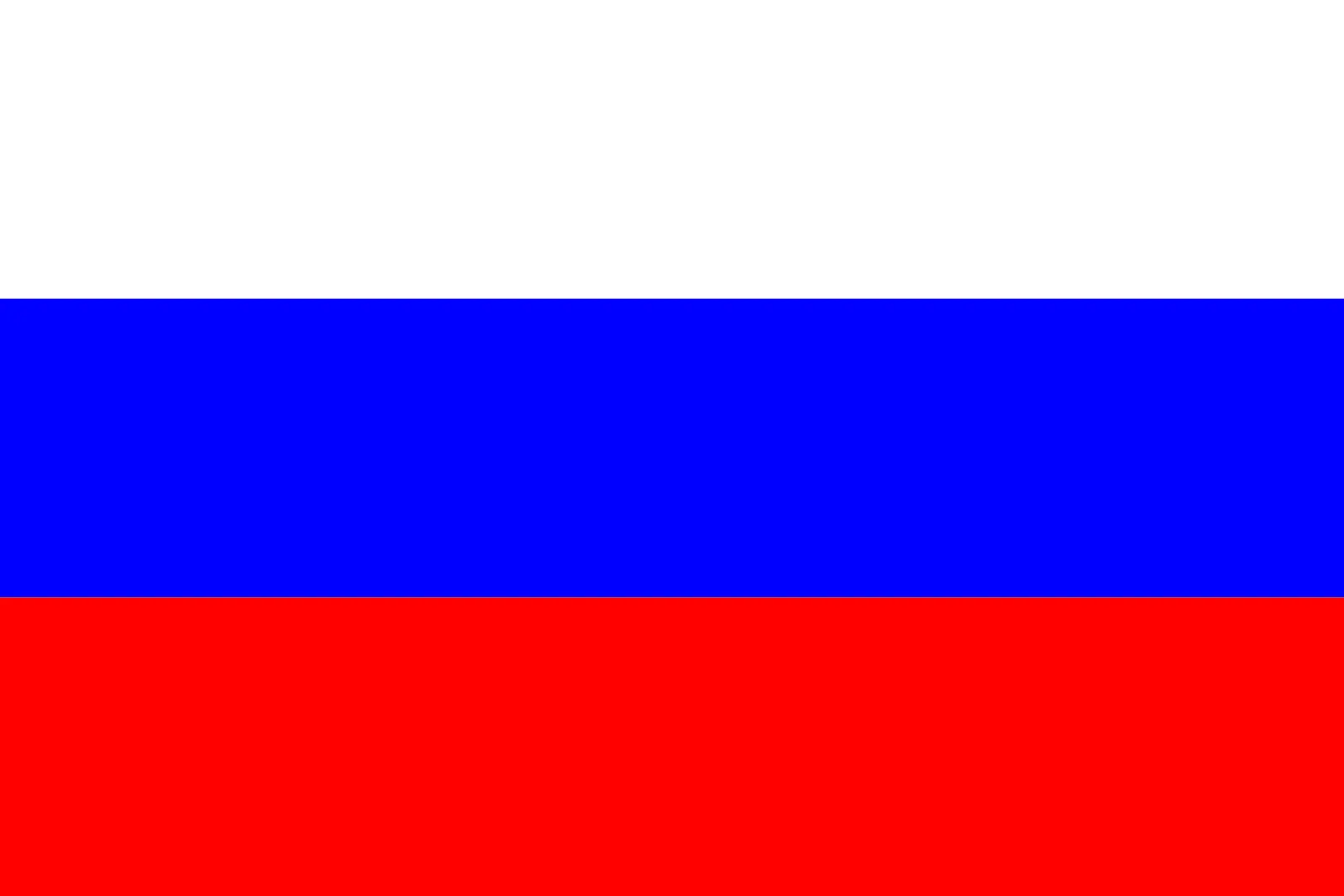 Russia (+7)
Russia (+7)
 Rwanda (+250)
Rwanda (+250)
 Saint Barthélemy (+590)
Saint Barthélemy (+590)
 Saint Helena, Ascension and Tristan da Cunha (+290)
Saint Helena, Ascension and Tristan da Cunha (+290)
 Saint Kitts and Nevis (+1869)
Saint Kitts and Nevis (+1869)
 Saint Lucia (+1758)
Saint Lucia (+1758)
 Saint Martin (French part) (+590)
Saint Martin (French part) (+590)
 Saint Pierre and Miquelon (+508)
Saint Pierre and Miquelon (+508)
 Saint Vincent and the Grenadines (+1784)
Saint Vincent and the Grenadines (+1784)
 Samoa (+685)
Samoa (+685)
 San Marino (+378)
San Marino (+378)
 Sao Tome and Principe (+239)
Sao Tome and Principe (+239)
 Saudi Arabia (+966)
Saudi Arabia (+966)
 Senegal (+221)
Senegal (+221)
 Serbia (+381)
Serbia (+381)
 Seychelles (+248)
Seychelles (+248)
 Sierra Leone (+232)
Sierra Leone (+232)
 Singapore (+65)
Singapore (+65)
 Sint Maarten (Dutch part) (+1721)
Sint Maarten (Dutch part) (+1721)
 Slovakia (+421)
Slovakia (+421)
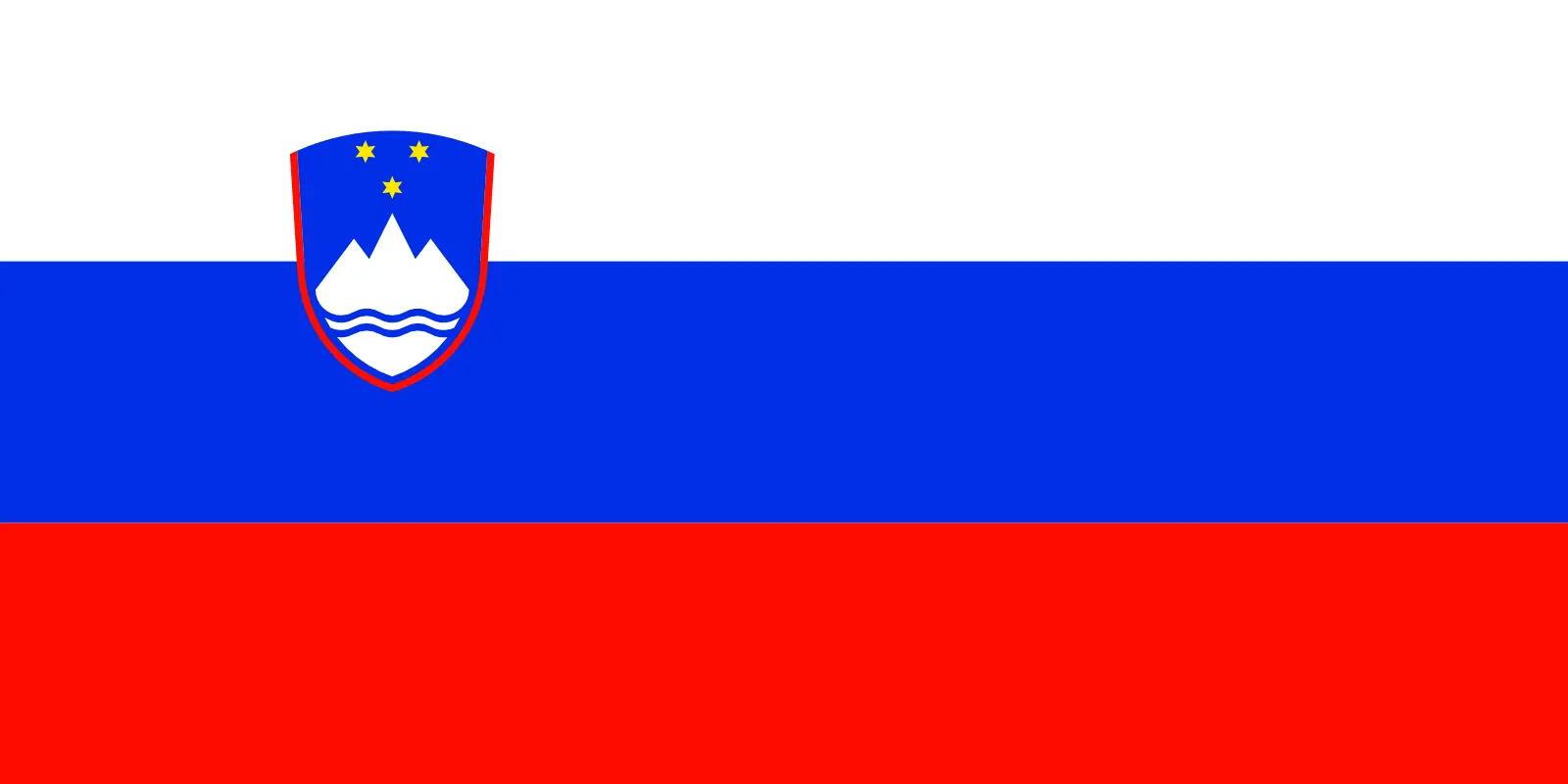 Slovenia (+386)
Slovenia (+386)
 Solomon Islands (+677)
Solomon Islands (+677)
 Somalia (+252)
Somalia (+252)
 South Africa (+27)
South Africa (+27)
 South Georgia and the South Sandwich Islands (+0)
South Georgia and the South Sandwich Islands (+0)
 South Korea (+82)
South Korea (+82)
 South Sudan (+211)
South Sudan (+211)
 Spain (+34)
Spain (+34)
 Sri Lanka (+94)
Sri Lanka (+94)
 Sudan (+249)
Sudan (+249)
 Suriname (+597)
Suriname (+597)
 Svalbard and Jan Mayen (+47)
Svalbard and Jan Mayen (+47)
 Eswatini (+268)
Eswatini (+268)
 Sweden (+46)
Sweden (+46)
 Switzerland (+41)
Switzerland (+41)
 Syria (+963)
Syria (+963)
 Taiwan (+886)
Taiwan (+886)
 Tajikistan (+992)
Tajikistan (+992)
 Tanzania (+255)
Tanzania (+255)
 Thailand (+66)
Thailand (+66)
 Togo (+228)
Togo (+228)
 Tokelau (+690)
Tokelau (+690)
 Tonga (+676)
Tonga (+676)
 Trinidad and Tobago (+1868)
Trinidad and Tobago (+1868)
 Tunisia (+216)
Tunisia (+216)
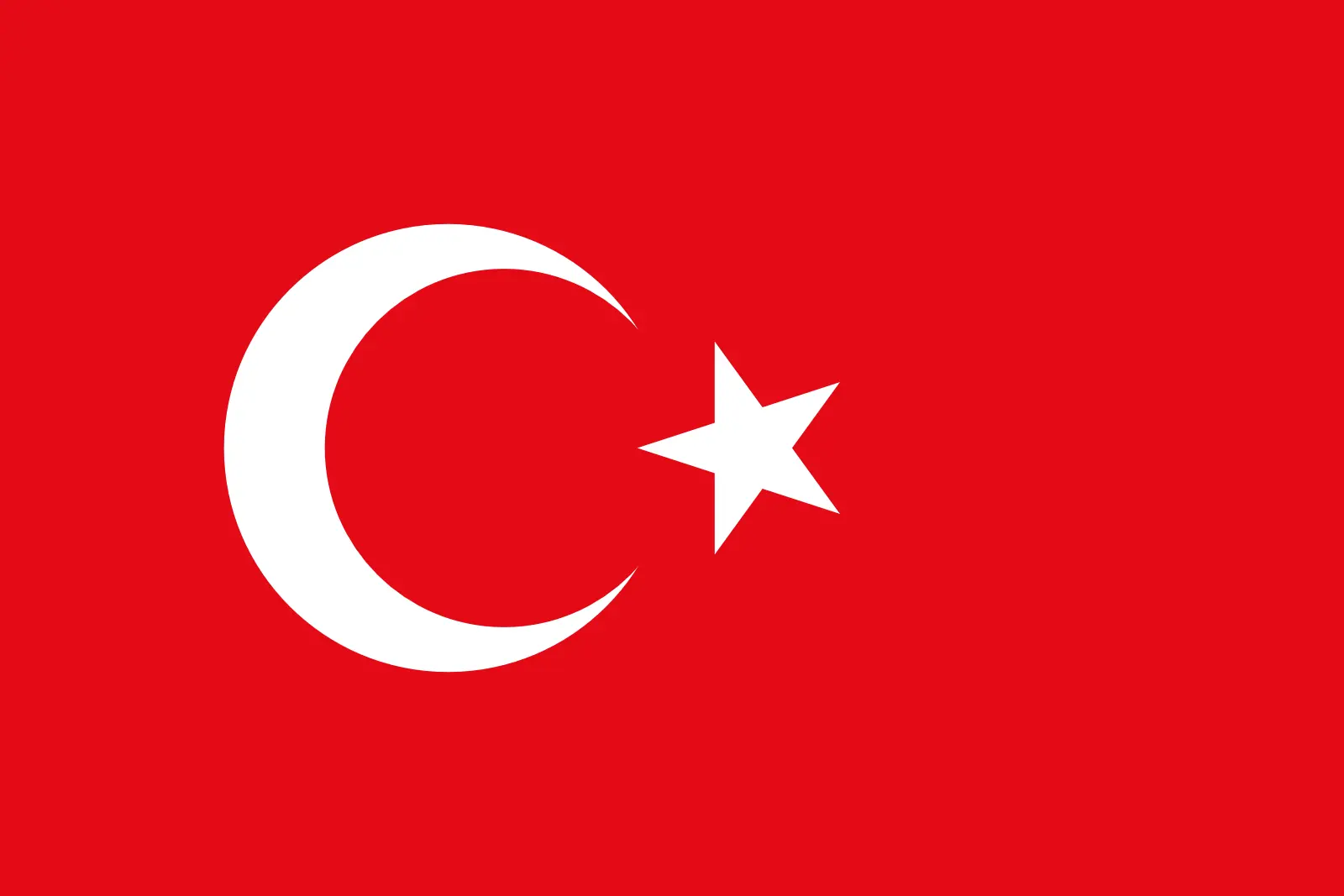 Turkey (+90)
Turkey (+90)
 Turkmenistan (+993)
Turkmenistan (+993)
 Turks and Caicos Islands (+1649)
Turks and Caicos Islands (+1649)
 Tuvalu (+688)
Tuvalu (+688)
 Uganda (+256)
Uganda (+256)
 Ukraine (+380)
Ukraine (+380)
 United Arab Emirates (+971)
United Arab Emirates (+971)
 United Kingdom (+44)
United Kingdom (+44)
 Uruguay (+598)
Uruguay (+598)
 Uzbekistan (+998)
Uzbekistan (+998)
 Vanuatu (+678)
Vanuatu (+678)
 Vatican City (+39)
Vatican City (+39)
 Venezuela (Bolivarian Republic of) (+58)
Venezuela (Bolivarian Republic of) (+58)
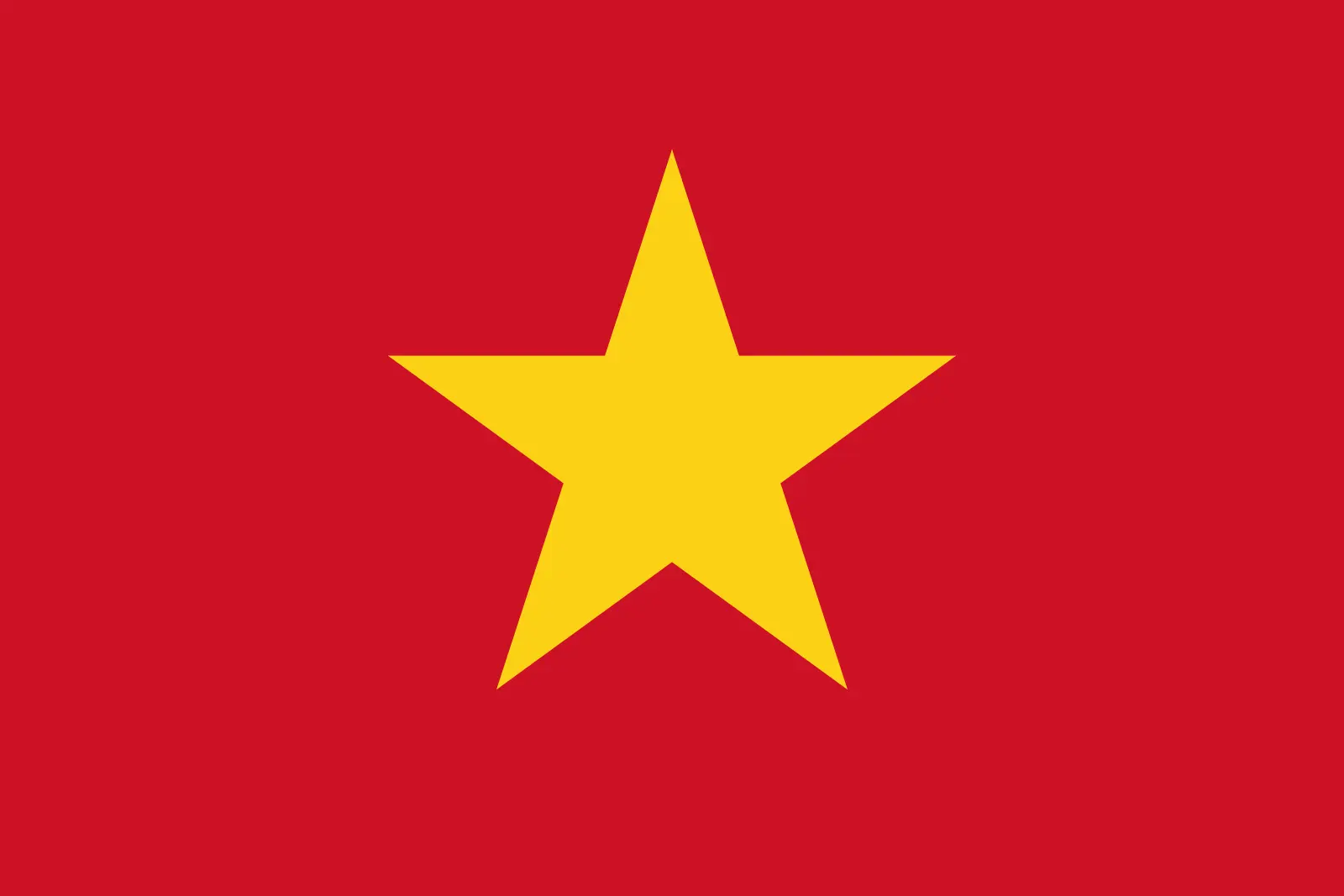 Vietnam (+84)
Vietnam (+84)
 Wallis and Futuna (+681)
Wallis and Futuna (+681)
 Western Sahara (+212)
Western Sahara (+212)
 Yemen (+967)
Yemen (+967)
 Zambia (+260)
Zambia (+260)
 Zimbabwe (+263)
Zimbabwe (+263)

